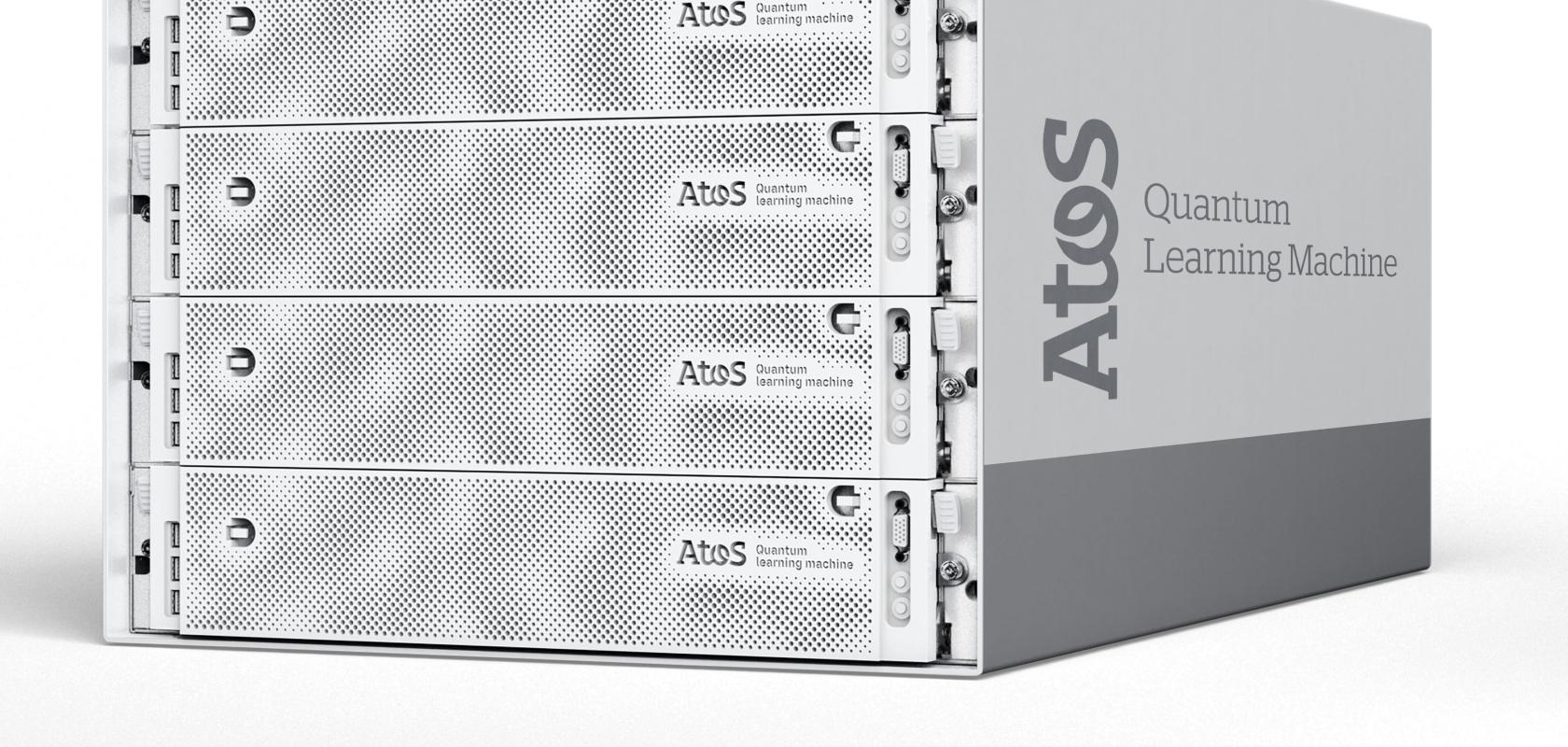C-DAC (Centre for Development of Advanced Computing), an Indian research organisation and Atos, have announced a Cooperation Agreement to advance Quantum Computing, Artificial Intelligence and Exascale Computing.
Dr Hemant Darbari, Founder Member and Director General, C-DAC, India is spearheading the C-DAC Mission Mode Programs on exascale computing, microprocessor and quantum computing, artificial intelligence and natural language computing.
'Atos is delighted to extend its partnership with an R&D organization of International Repute - C-DAC to support India advance in these key areas of Quantum Computing, Exascale and Artificial Intelligence. Building on our position as the leading technology provider globally for Supercomputing, AI, Quantum Computing and others, this agreement is a significant step forward in our strategic relationship. This will strengthen the R&D activities between France and India with C-DAC and Atos significantly contributing to technology development and nation economic growth' said Pierre Barnabé, SEVP, head of big data and security at Atos.
In addition to delivering an Atos’ Quantum Learning Machine, this partnership encompasses the creation of a ‘Quantum Computing Experience Center’ at C-DAC’s headquarters in Pune. It aims to bring together users from academic, scientific, research and industry to rapidly acquire skills and develop further expertise in the field of quantum computing with the support from the Government of India. This centre will enable the advance study of applications of quantum theory, thereby creating new technologies and platforms for information security, connectivity and computing. Together with this high-powered, ultra-compact machine, Atos has supplied a universal programming language (AQASM) and the relevant resources and training. Atos and C-DAC researchers will work closely together to experiment with disruptive technologies to better manage the evolution of applications and to meet the challenges associated with digital simulation, Big Data, and even Artificial Intelligence and Machine Learning.
C-DAC has already started to contribute to the development and demonstration of a Quantum Computing Platform, Quantum Communication, build technical infrastructure to advance Quantum Technologies and produce Quantum Algorithms, applications addressing programs of national priorities.
The agreement aims to develop a long-term program which includes the sharing of experience on Exascale Computing technical challenges and collaboration on roadmaps in line with the national objectives and global positioning. C-DAC, a leader in supercomputing established the first PARAM Supercomputer of India in 1991 and had a planned roadmap of building and developing Supercomputers under Make-In-India initiative and complete ecosystem for launching Exascale Supercomputer soon with priority for nation-specific applications.
C-DAC establishes the 'PARAM Shivay' Supercomputer under build approach of National Supercomputing Mission (NSM) program at IIT, BHU launched by Shri Narendra Modi, Hon’ble Prime Minister of India in February 2019 with Atos India who has been selected as a technology partner through competitive bidding process under the National Supercomputing Mission (NSM). A series of PARAM Supercomputers across the country under the build approach of NSM will be deployed enabling the scientific, research and academic user community with required high performance computational resource.
This area of the cooperation agreement outlines the way Atos and C-DAC could jointly work on technology development AI projects - including using AI to enhance the efficiency of HPC systems; running AI workloads on HPC systems and creating an ecosystem of AI devices dedicated to accelerating or concentrating inference execution near the edge.
C-DAC has tremendous expertise and experience in the area of AI and Language Computing’, through its applied pioneering research over last three decades in diverse domains in the global landscape, more so, covering the national imperatives, spanning across various diversified domains, such as, Language & Heritage Computing, AI/ Machine Learning (ML)/Deep Learning (DL), Accessibility, Brain Computing, Digital Preservation, Robotics, Signal/Video/Image Processing and such areas.


